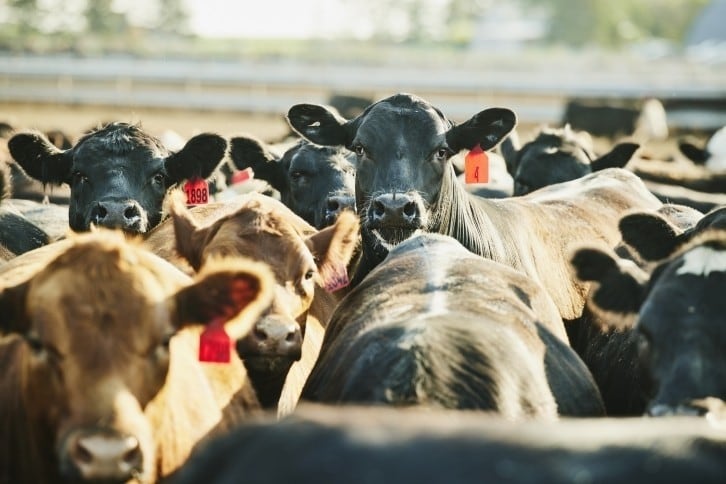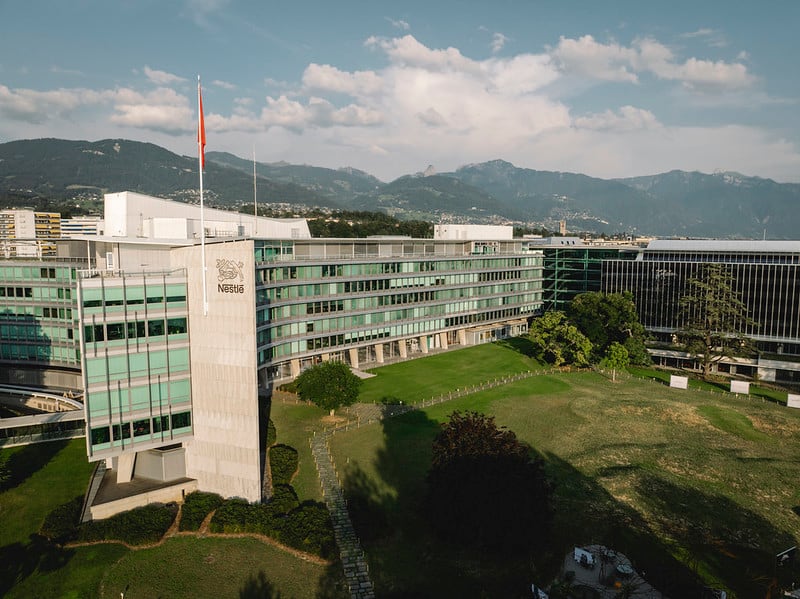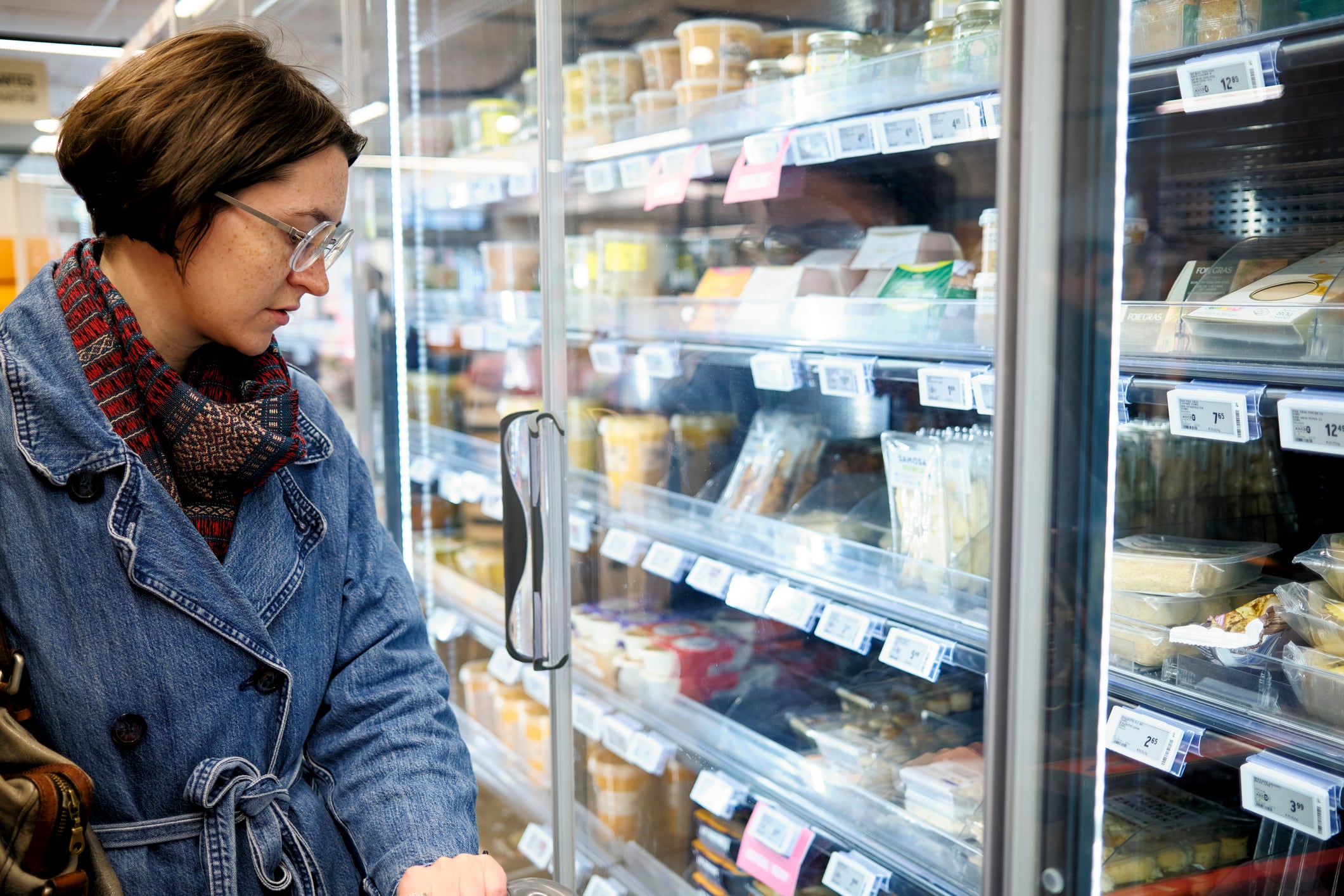In recent years, CPG majors including Danone to Nestlé have begun to disclose their methane emissions from fresh milk and ingredients. This has led to increased transparency and accountability within the dairy supply chain and how it impacts the climate.
But for many in the industry, understanding the importance of methane disclosures or how to incorporate them within their sustainability accounting remains a challenge.
So how does one get started on their methane reduction journey? Non-profit organization the Environmental Defence Fund (EDF) has published four free guides to help industry players to measure, disclose and plan to remove methane while also offering advice on how to get farmer suppliers and other stakeholders clued in on the strategy.
EDF and the Dairy Methane Action Alliance
But first things first: who is EDF? The Environmental Defence Fund leads the Dairy Methane Action Alliance, an industry partnership comprising Danone, Bel Group, General Mills, Lactalis USA among others. The idea behind it is for major industry players to lead the way by transparently and publicly disclosing methane emissions in their dairy supply chains and work on effective removal strategies.
Vrashabh Kapate, who leads EDF’s engagement within the dairy sector, told us the work done within the Alliance has helped raise awareness of the importance of methane disclosures and build desire among companies to act.
“We’ve seen in the last couple of years have really been the methane moment. Whether it is at global conferences like COP, or other significant events including New York Climate Week or World Dairy Summit, methane is definitely rising to the top of the agenda.
“There is significant focus since the launch of the Global Methane Pledge that is greater interest right from companies, countries, sub nationals, and so that is definitely eased in helping us onboard companies to drive more action.
“We’ve also seen that companies are now starting to realize the importance of methane action, especially in the livestock sector.”
The Alliance now comprises some of the largest dairy and food majors: Agropur, Bel Group, Clover Sonoma, Danone, General Mills, Idaho Milk Products, Kraft Heinz, Lactalis USA, Nestlé, Savencia Fromage & Dairy, and Starbucks. Most have disclosed their methane emissions, and some have also published their mitigation strategies.
EDF’s open-source guides
While EDF supports Alliance members on their respective sustainability journeys, the non-profit has also released four guidance documents that are freely available to the general public, too.
These guides ‘take companies towards the fundamental building blocks of methane action’, as Kapate told us.
“The first one is focused on Accounting, which helps companies parse out their dairy methane emissions if they have a full scope inventory.
“The second is on Disclosure, so key metrics that should be disclosed publicly for transparency and demand-signalling.
“The third is Action Planning, which helps companies to provide a template and key pillars of what makes a good dairy methane action plan. This guide also contains a mitigation solution guide, ie. what is available today that they can deploy within their supply chains.
“And the last is the Supplier and Stakeholder Engagement guide, which helps companies activate the action plan that they may have by working with farmers as well as their suppliers.”
The resources are designed for organizations of all sizes and offer a step-by-step guide starting from accounting, action planning and then activating that path. Firms can also choose to use the resources to inform existing strategies.
“Some companies may approach this in a linear fashion, whereas others may also start on figuring out what their methane hotspots are and at the same time start engaging their suppliers and farmers in educating them while creating a couple of pilots that can then shape up to be their action plan,” Kapate said.
“So while we have proposed a linear path, there may be an approach where companies may start hitting on all of those given the material nature of methane as well as the urgency.”
Importantly, the guides are designed to complement existing sustainability standards that global firms may have already engaged in.
“One of the key goals for us was to harmonize the guides for scale,” Kapate said. “And so, we have made an earnest effort to build on top of existing guidance and best practices like Greenhouse Gas (GHG) Protocol for accounting, or the SBTi framework.”
And finally, creating an action plan doesn’t just help a particular business reach its climate goals – it highlights where science and technology need to advance to drive sustainability in dairy.
“The action plans are more than just a pathway to progress – they showcase the variety of ways companies are innovating, so that they can partner with dairy farmers and implement solutions, but also advance R&D or advocate for policies that expand the solutions,” Kapate said.
What are the biggest methane hotspots?
As for where to start with their strategies, companies should look at measuring enteric methane and methane from manure, as these are the two largest sources of the GHG on-farm.
“One of the key pieces that companies are also putting out is what is their manure versus enteric split in the dairy methane that we are seeing,” Kapate said. “That hopefully will act as a demand signal for solution providers to understand what solutions are needed to fill that gap.”
Typically, enteric fermentation makes up the greater share (around 80%) of the split, but this can vary from farm to farm and across different geographies, we were told.
Breaking down the sources of methane ‘is one of the critical pieces’ in action planning, Kapate said. “It helps companies fine-tune their action planning by understanding the source of these emissions. [That way], they can tailor some of their programs, whether it is farmer outreach or public policy or innovation.”
Informing R&D in areas such as methane-busting feed or manure management solutions is another reason why improving transparency would help the industry at large.
As for those in the industry who are on the fence about taking action, Kapate added that climate action is ‘absolutely essential right now’.
“Companies need to take the first step and improve over time,” he told us. “The political climate may change, the operating context may change, but the climate is definitely changing.
“The risk of inaction is too high and the opportunity that methane mitigation provides is one that companies in the livestock sector can’t afford to miss.
He concluded: “At a time when companies are retreating from climate commitments, we are encouraged to see Dairy Methane Action Alliance companies stay on track and even buck the greenwashing trend.
“This concerted effort is needed for greater action and we are glad that companies are stepping up. And hopefully, this will snowball into a bigger movement that will create the ripple effect that is needed in the industry.”




